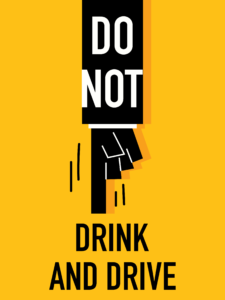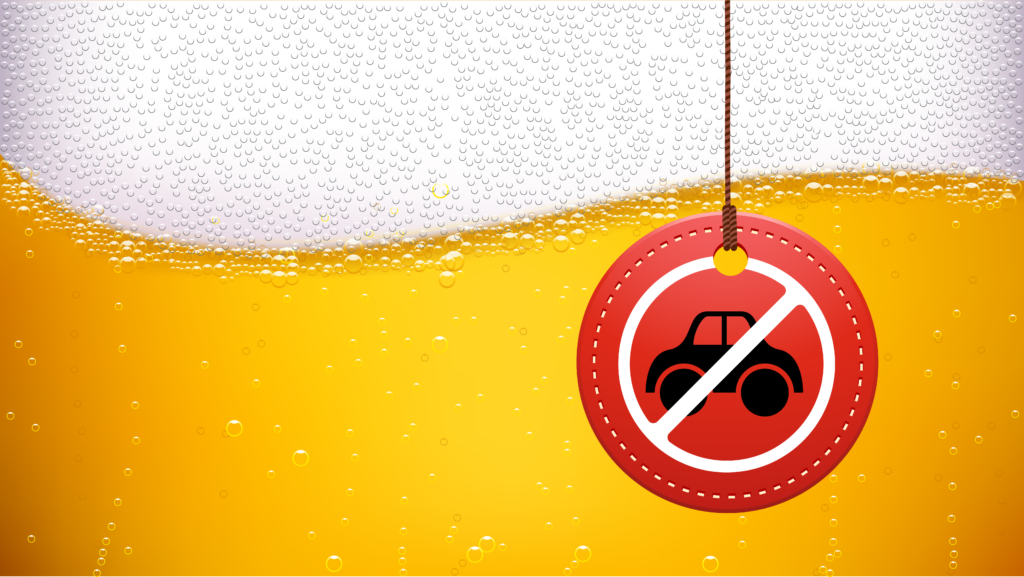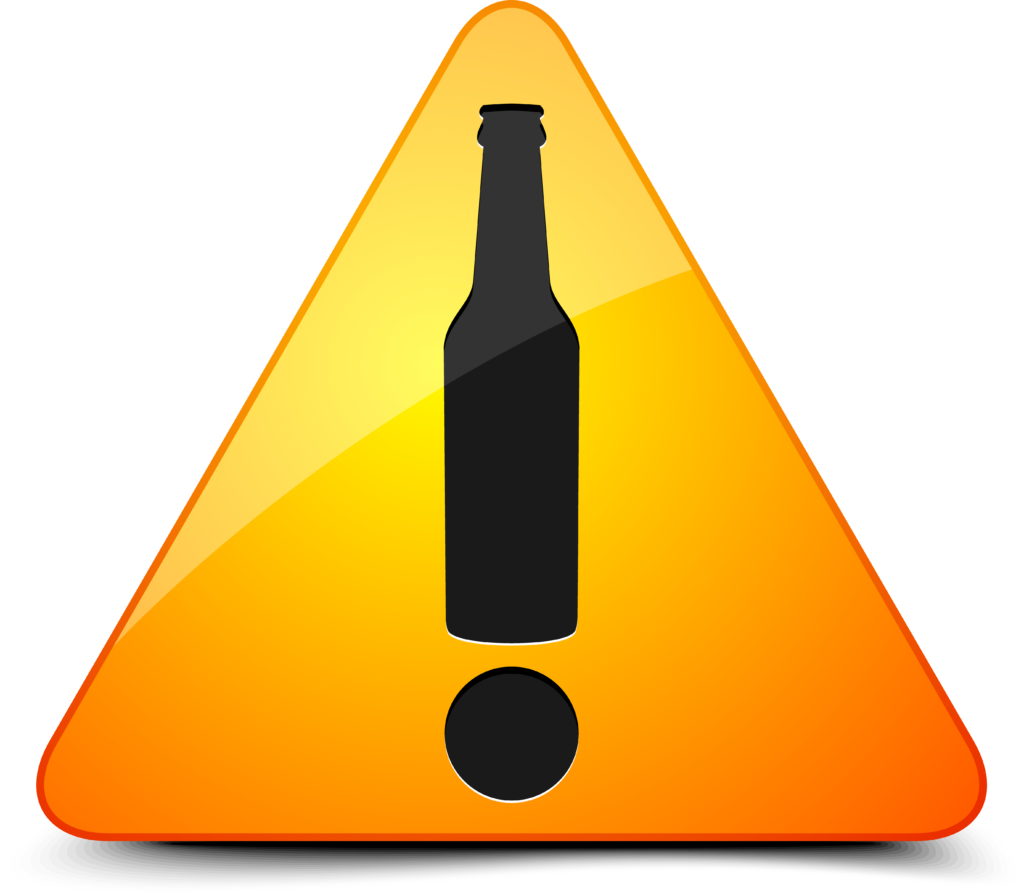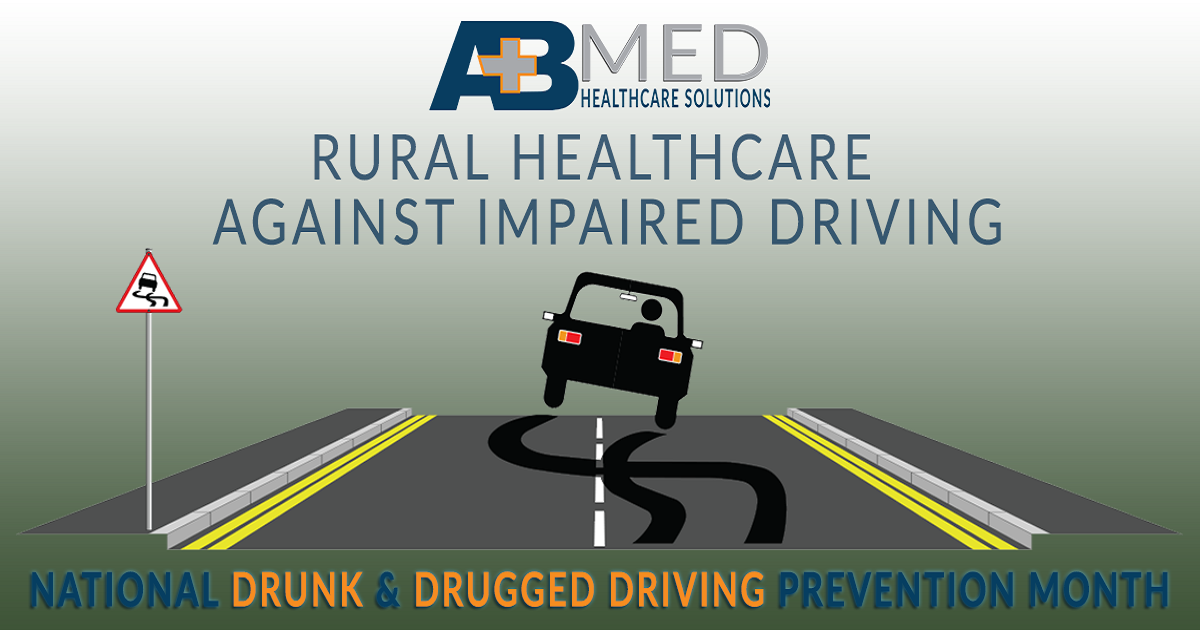Rural Healthcare Against Impaired Driving
The month of December has been declared by presidential proclamation to be National Drunk & Drugged Driving Prevention Month. Throughout the nation, rural healthcare providers are making the commitment to do everything we can to stop the loss of life and tragic injuries that occur when impaired drivers get into accidents. The staff at AB Med Healthcare Solutions wholeheartedly support all efforts to keep drivers who are under the influence of drugs or alcohol off the road.
MAKING A DIFFERENCE THROUGH COLLABORATIVE EFFORTS

We join law enforcement officials, practice management staff at rural clinics, hospitals, nursing homes and other facilities, and community leaders in working to make the holiday season a time of fun and togetherness without having to worry about the potential for disaster caused by rural drunk and drugged driving. We work to help others know what to do to protect their loved ones as they travel the roads after attending events where liquor is offered or drugs are available. We also want to raise awareness of the fact that prescription drugs and over-the-counter medicines may react unpredictably when used in excess or combined with alcohol or other drugs.
IDENTIFYING INTOXICATION BEFORE AN IMPAIRED DRIVER TAKES THE WHEEL
Signs of intoxication include the following:
Rural drunk and drugged driving leads to many accidents, especially during the holidays.
- AB Med Cross Slurred speech
- AB Med Cross Blurred Vision
- AB Med Cross Inhibition loss
- AB Med Cross Staggered walk
- AB Med Cross Repetitive statements
- AB Med Cross Obnoxious behavior
- AB Med Cross Rapid mood changes
- AB Med Cross Personality changes
- AB Med Cross Slowed response time
- AB Med Cross Loss of eye-hand coordination
For the past 3 years I have held the position of Networking Chair on the Arizona Healthcare Executives’ (AHE) Programming Committee. The most profound aspect of being in this position was witnessing how small the healthcare world is and experiencing how intertwined we all are. These, usually unknown, connections span diversity, unite healthcare sectors, link healthcare settings, and transcend job responsibilities. I’ve learned how networking can open up unknown job markets, foster support, inspire encouragement, cultivate relationships, and is seen as a marketable asset.
REACHING OUT PATIENTS AND OTHER COMMUNITY MEMBERS

Leaders of small or rural hospitals, clinics and nursing homes are in a unique position to increase community awareness of the above signs so that action can be taken to keep persons who are intoxicated from getting behind the wheel.
Printed handouts provide a means to start conversations. Materials that are strategically placed where others can find them add impact.
It is vitally important that we discuss driving risks for teenagers, both with the teenagers themselves and with their parents. Distributing forms for parent-teen driving agreements is a step in the right direction. Such agreements, once signed, have been proven to be effective in reducing drugged and drunk driving by teenagers.
Setting an Example
As healthcare executives, we can start a movement within our own facilities to help keep our staff and their families safe. When training and education is combined with genuine caring, employees become open-minded. This increases the likelihood that they will apply what is learned. If our rural healthcare facility also sets the example for them, the lesson becomes even more powerful.

We must look within our own organization to see what can be done to ensure that our employees will not drive home drunk after an office party or other celebration, no matter how far away they live.
Printed handouts provide a means to start conversations. Materials that are strategically placed where others can find them add impact.
It is vitally important that we discuss driving risks for teenagers, both with the teenagers themselves and with their parents. Distributing forms for parent-teen driving agreements is a step in the right direction. Such agreements, once signed, have been proven to be effective in reducing drugged and drunk driving by teenagers.
Here are a few tips:
- Involve key employees in planning your celebration. Help them understand why no employee is to drive while he or she shows signs of intoxication.
- Arrange ahead of time some way that employees who become inebriated can get home safely. In rural areas, this may mean that pairs of volunteers agree to serve as designated drivers. One person drives the inebriated employee’s vehicle to take him or her home safely, and the second driver follows in another vehicle.
- Plan your celebration so that it includes non-alcoholic beverages.
- Make sure that plenty of food is available. Food slows absorption of alcohol into the bloodstream.
- Limit the quantity of drinks provided to each individual.
- Time the celebration so that attendees are likely to go home after it ends rather than go to a bar.

If your facility could use help finding solutions to any of the daily challenges you face in serving your patients’ needs, please get in touch. At AB Med, we are proud to support our Rural Communities! Let’s Connect.
Contact us to find out how AB Med can help you
Rural Health is our passion and focus
REFERENCES & RESOURCES
- The Whitehouse: Presidential Proclamation on National Impaired Driving Prevention Month November 30, 2018 https://www.whitehouse.gov/presidential-actions/presidential-proclamation-national-impaired-driving-prevention-month-2018/
- Area Substance Abuse Council: December is Drunk and Drugged Driving Prevention Month http://www.asac.us/december-is-drunk-and-drugged-driving-prevention-month/
- U.S. News: More Drivers Killed Under the Influence of Drugs Than Alcohol https://www.usnews.com/news/health-care-news/articles/2018-05-31/more-drivers-killed-under-the-influence-of-drugs-than-alcohol
- National Highway Traffic Safety Administration: Drunk Driving and Cost https://www.nhtsa.gov/risky-driving/drunk-driving#alcohol-abuse-and-cost-5091
- 24/7 Wall Street.com: A Closer Look – Why Drunk Driving Deaths Happen in Some States More Than Other https://247wallst.com/special-report/2018/01/08/a-closer-look-why-drunk-driving-deaths-happen-in-some-states-more-than-others/
- Clinical Services of Rhode Island: Drunk Driving in Rural Areas https://clinicalservicesri.com/alcohol-abuse/drunk-driving-in-rural-areas/
- Kanabec County Times: Drunk Driving Disproportionately Affects Rural Areas http://www.moraminn.com/opinion/columns/drunk-driving-disproportionately-affects-rural-areas/article_e623455e-2f45-11e6-b573-3b45a09155a8.html
- U.S. National Library of Medicine – National Institute of Health: A Comparison of First Time and Repeat Rural DUI Offenders https://www.ncbi.nlm.nih.gov/pmc/articles/PMC4516123/
- Motor Vehicle Safety, Centers for Disease Control and Prevention: Impaired Driving – Get the Facts https://www.cdc.gov/motorvehiclesafety/impaired_driving/impaired-drv_factsheet.html
- Centers for Disease Control and Prevention: Sobering Facts – Drunk Driving State Fact Sheets https://www.cdc.gov/motorvehiclesafety/impaired_driving/states.html
- Texas Department of Insurance: Five Tips to Prevent Impaired Driving https://www.tdi.texas.gov/takefive/safety/impaired-driving.html
- Leeds, Grenville and Lanark District Health Unit: Impaired Driving https://healthunit.org/health-information/injury-prevention/impaired-driving/
By: Aikaterini Papadopoulou, B.Arch






